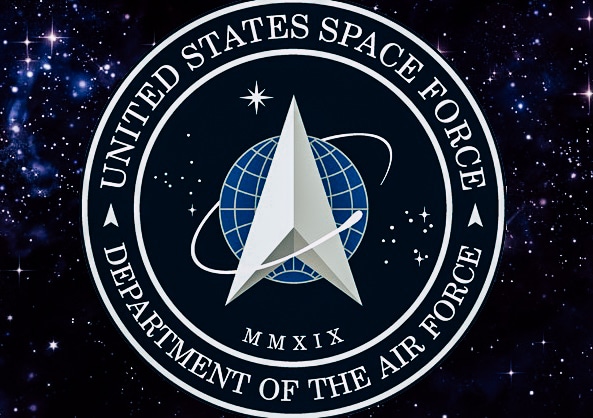Part 3 of 3 Parts (Please read Parts 1 and 2 first)
Spacecraft autonomy is very important because, as autonomous space flight algorithms rapidly evolve, uncrewed systems may be tasked with carrying out surveillance missions, strengthening or expanding communications networks, or even firing weapons on their own or under the control of ground-based operators acting in a command-and-control capacity.
For the time being, the real purpose of the X-37B is unclear. However, the Space Force’s stated goal is to “enhance the way U.S. forces fight and to provide decision-makers with additional military options. This means organizing, training, and equipping service members to successfully conduct global space operations.”
Officially, the X-37B is an experimental reusable autonomous spaceplane. In the future, it could play a variety of roles for the U.S. Space Force. This has resulted in various people outside of the program to speculate wildly about the capabilities and ultimate purpose of the craft.
Tom Burhardt predicted in Space Daily in May of 2010 that the X-37B may be used as a spy satellite or a weapon delivery vehicle. Following that prediction, the Pentagon rejected reports that the test flights of the X-37B assisted in the creation of space-based weaponry.
There were allegations in 2012 that the X-37B was being utilized to spy on China’s Tiangogn-1 space station module. Later, former U.S. Air Force orbital analyst Brian Weeden disputed this assertion. He pointed out that the spacecraft’s orbits prevented any useful surveillance flybys. According to a 2014 article in The Guardian, security specialists claimed that the X-37B was being used “to test surveillance and spy instruments, notably how they hold up against radiation and other perils of orbit.” Other reports speculate that the X037B is being used by the U.S. Air Force to test a Hall-effect propulsion system for the Aerojet Rocketdyne company.
When an X-37B is flying in an elliptic orbit, it could, at perigee, use the thin atmosphere to make and orbit change. This would prevent some observers from discovering the new orbit for a while. In theory, this could allow secret activities. This was reported by former U.S. Secretary of the Air Force Heather Wilson in 2019.
Notification of any satellites launched from the X-37B has not been given to the U.N. Office for Outer Space Affairs as required by the Registration Convention. Therefore, other parties to the convention would not be aware of them. This was reported by astronomer Jonathan McDowell who is the editor of Jonathan’s Space Report.
The X-37B program is as tantalizing in its nature as it is frustrating not to understand its exact purpose. It can be argued that it is a positive step in the direction of returning to experimentation with methods for getting humans, satellites and research into space using reusable spacecraft. Whether or not the spacecraft will be further militarized remains to be seen. However, any spin-off technologies used to better human existence on Earth will be a nice bonus.
Although there are international treaties that prohibit putting weapons in Earth orbit, realistically, it is only a matter of time.
